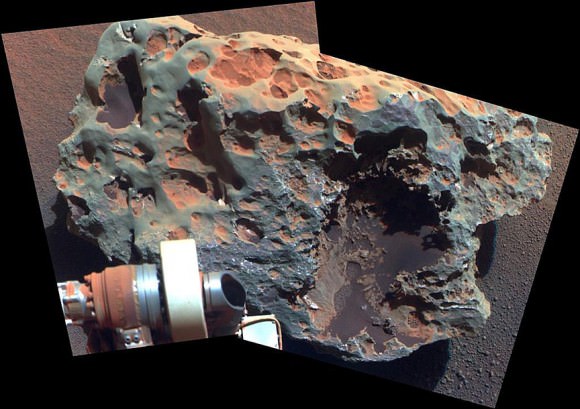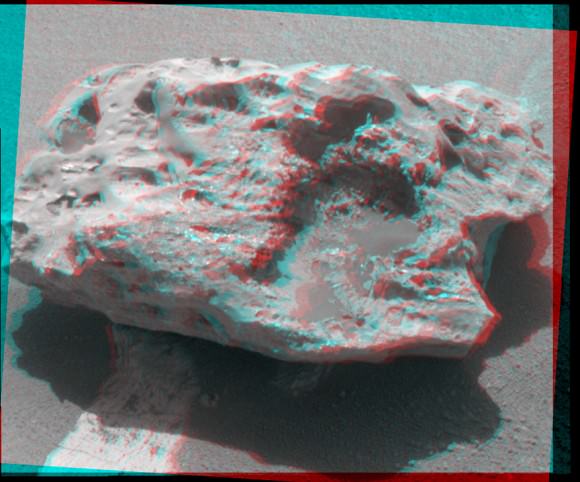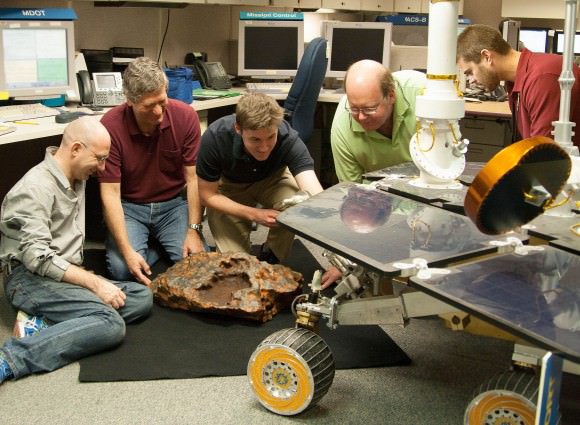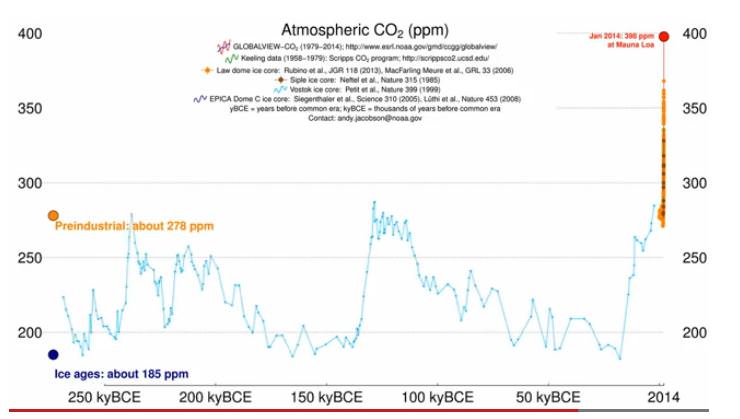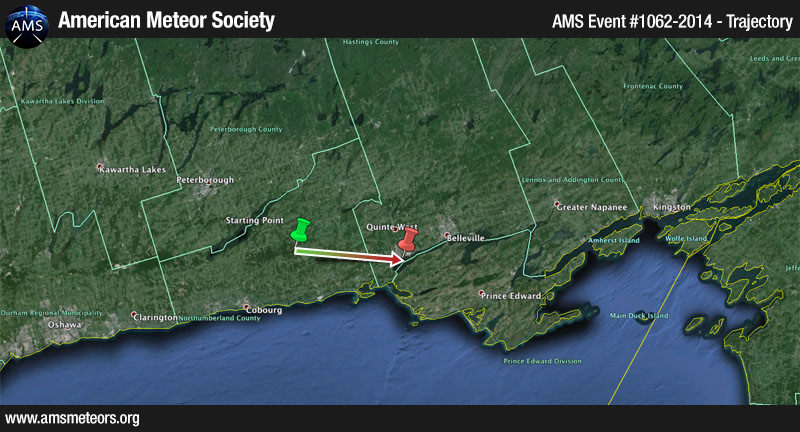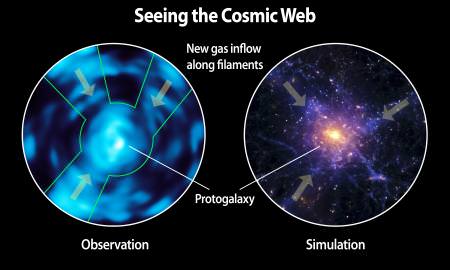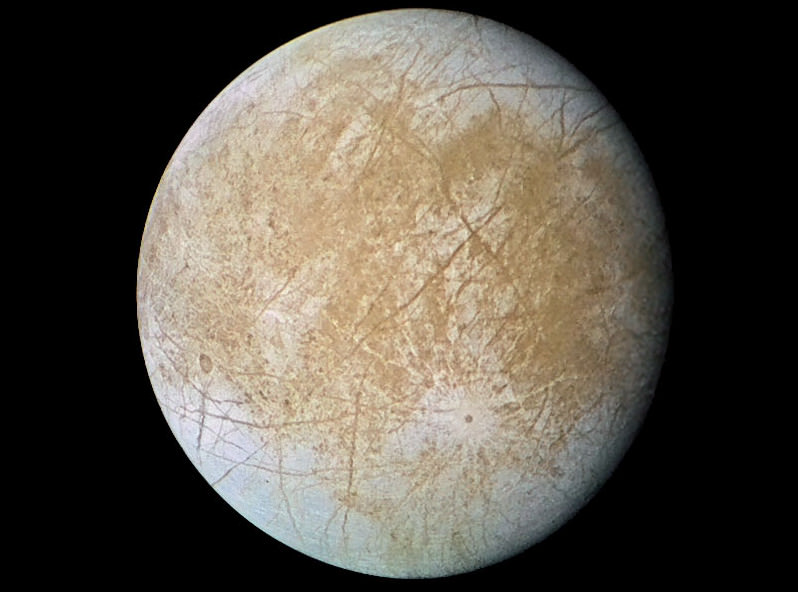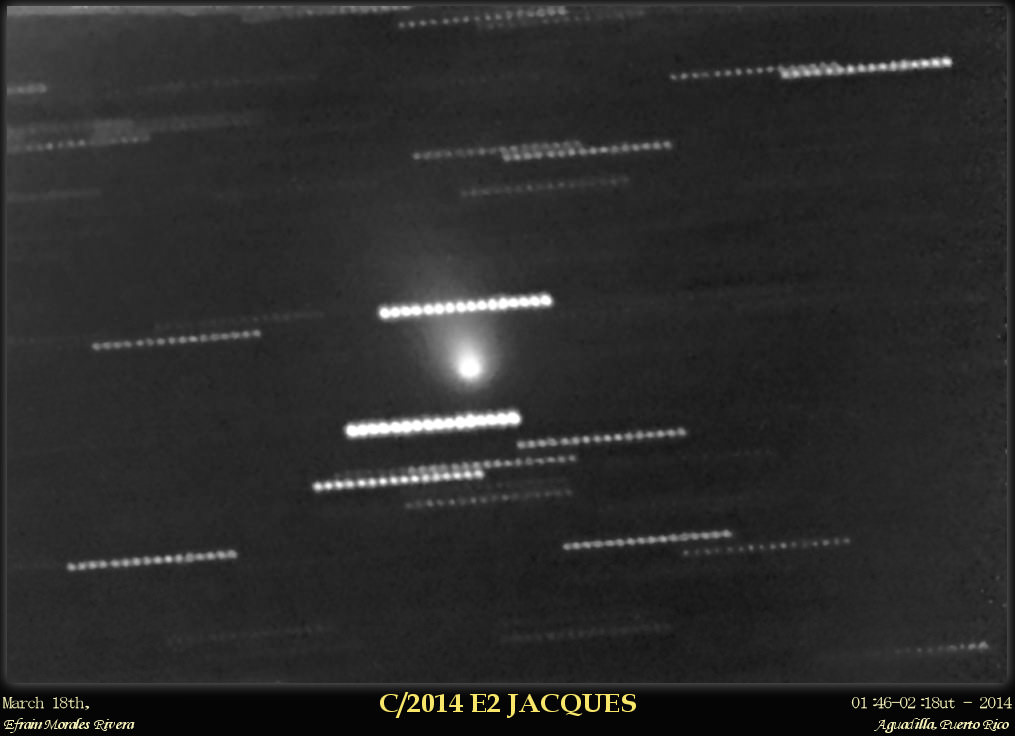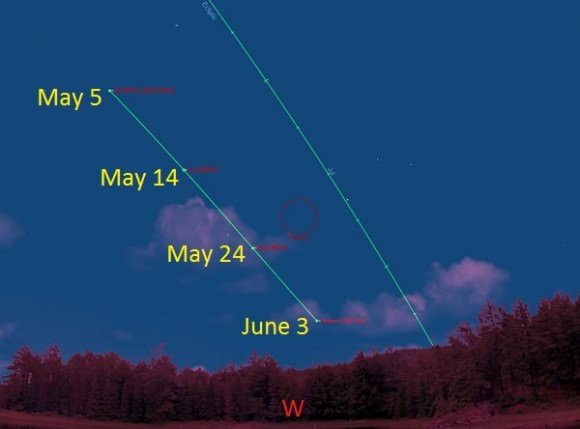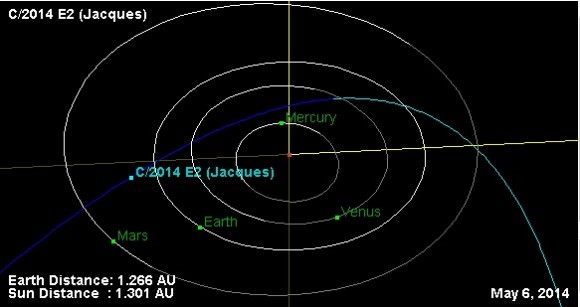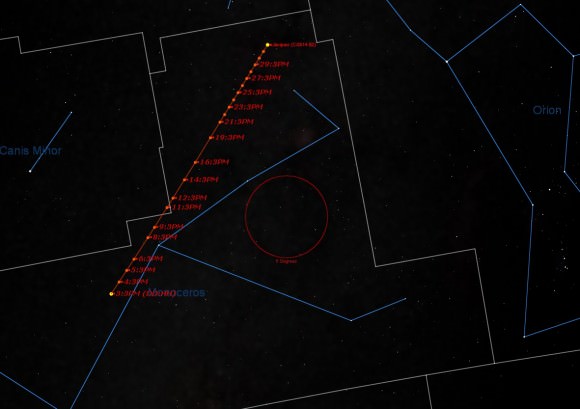To close out their final week aboard the International Space Station, three of the six Expedition 39 crew members are completing their unloading tasks inside the docked commercial SpaceX Dragon cargo freighter and other duties while teams at Mission Control in Houston conduct delicate robotics work outside with dazzling maneuvers of the Dextre robot to remove the last external experiment from the vessels storage truck.
See a dazzling gallery of photos of Dextre dangling outside the docked Dragon depot – above and below.
On Monday, May 5, the robotics team at NASA Mission Control Center at the Johnson Space Center in Houston carefully guided Canada’s Dextre robotic “handyman” attached to the end of the 57-foot long Canadarm2 to basically dig out the final payload item housed in the unpressurized trunk section at the rear of the SpaceX Dragon cargo vessel docked to the ISS.
Dextre stands for “Special Purpose Dexterous Manipulator” and was contributed to the station by the Canadian Space Agency. It measures 12 feet tall and is outfitted with a pair of arms and an array of finely detailed tools to carry out intricate and complex tasks that would otherwise require spacewalking astronauts.

The massive orbiting outpost was soaring some 225 miles above the home planet as Dextre’s work was in progress to remove the Optical PAyload for Lasercomm Science, or OPALS, from the Dragon’s truck.
The next step is to install OPALS on the Express Logistics Carrier-1 (ELC-1) depot at the end of the station’s port truss on Wednesday.
Monday’s attempt was the second try at grappling OPALS. The initial attempt last Thursday “was unsuccessful due to a problem gripping the payload’s grapple fixture with the Special Purpose Dextrous Manipulator, or Dextre,” NASA reported.
A software patch solved the problem.
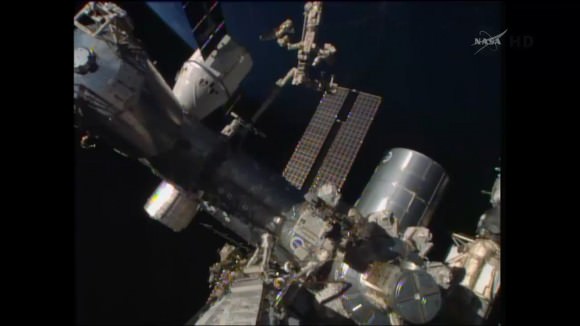
Dragon thundered to orbit atop SpaceX’s powerful new Falcon 9 v1.1 rocket on April 18, from Cape Canaveral, Fla.
This unmanned Dragon delivered about 4600 pounds of cargo to the ISS including over 150 science experiments, a pair of hi tech legs for Robonaut 2, a high definition Earth observing imaging camera suite (HDEV), the laser optical communications experiment (OPALS), the VEGGIE lettuce growing experiment as well as essential gear, spare parts, crew provisions, food, clothing and supplies to the six person crews living and working aboard in low Earth orbit, under NASA’s Commercial Resupply Services (CRS) contract.
OPALS uses laser light instead of radio waves to beam back precisely guided data packages to ground stations. The use of lasers should greatly increase the amount of information transmitted over the same period of time, says NASA.
The science experiments carried aboard Dragon are intended for research to be conducted by the crews of ISS Expeditions 39 and 40.
Robotics teams had already pulled out the other payload item from the truck, namely the HDEV imaging suite. It is already transmitting back breathtaking real time video views of Earth from a quartet of video cameras pointing in different directions mounted on the stations exterior.
The SpaceX CRS-3 mission marks the company’s third resupply mission to the ISS under a $1.6 Billion contract with NASA to deliver 20,000 kg (44,000 pounds) of cargo to the ISS during a dozen Dragon cargo spacecraft flights through 2016.
After spending six months in space, Station Commander Koichi Wakata from Japan as well as NASA astronaut Rick Mastracchio and Russian cosmonaut Mikhail Tyurin will be departing the station in a week aboard their Soyuz TMA-11M spacecraft on May 13 at 6:33 p.m. EDT.
They are scheduled to land some 3.5 hours later in the steppes of Kazakhstan at 9:57 p.m. (7:57 a.m. Kazakh time on May 14). The events will be carried live on NASA TV.

Meanwhile Dragon is also set to depart the station soon on May 18 for a parachute assisted splashdown and recovery by boats in the Pacific Ocean west of Baja California.
Dragon has been docked to the station since arriving on Easter Sunday morning, April 20.
It was grappled using Canadarm 2 and berthed at the Earth facing port of the Harmony module by Commander Wakata and flight engineer Mastracchio while working at the robotics work station inside the seven windowed domed Cupola module.
For the return trip, the Expedition 39 crew is also loading Dragon with precious science samples collected over many months from the crews research activities as well as trash and no longer needed items.
Stay tuned here for Ken’s continuing SpaceX, Orbital Sciences, commercial space, Orion, Chang’e-3, LADEE, Curiosity, Mars rover, MAVEN, MOM and more planetary and human spaceflight news.






